Virtual Design & Technology Solutions
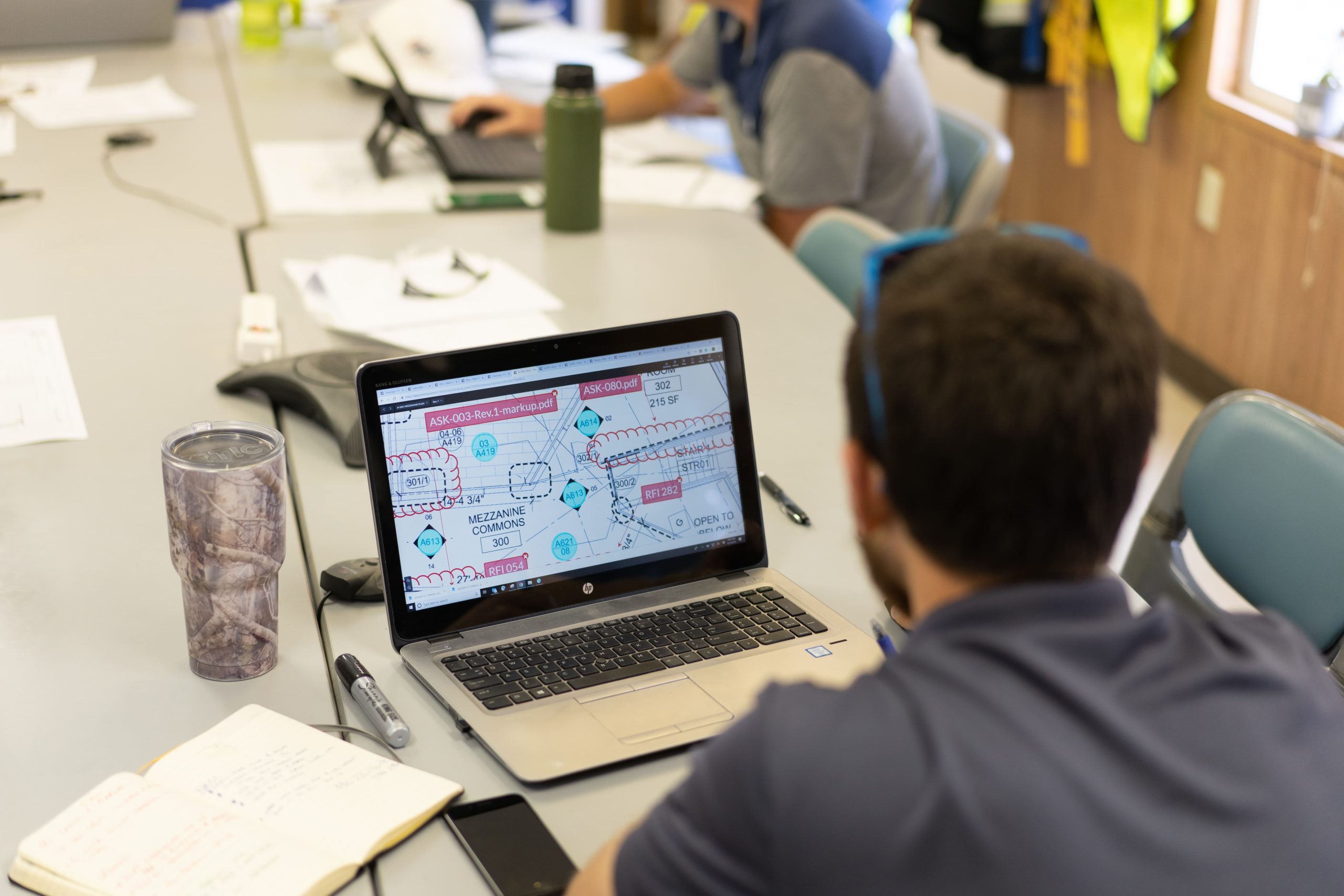
Transforming Our Builds with Technology
In the dynamic landscape of the construction industry, technology has emerged as a transformative force. While technology is a powerful tool, it is not a replacement for experience. At Poole Anderson, We believe in utilizing innovative tools to increase efficiency in design, construction, and operations. Used properly, technology can elevate a team’s ability to communicate, enhance coordination, and increase efficiency. On every project, Poole Anderson implements a variety of customized technologies to assist with team communication, enhance coordination within the design, provide visual images for Owner review, develop accurate timelines for construction, and ensure quality.
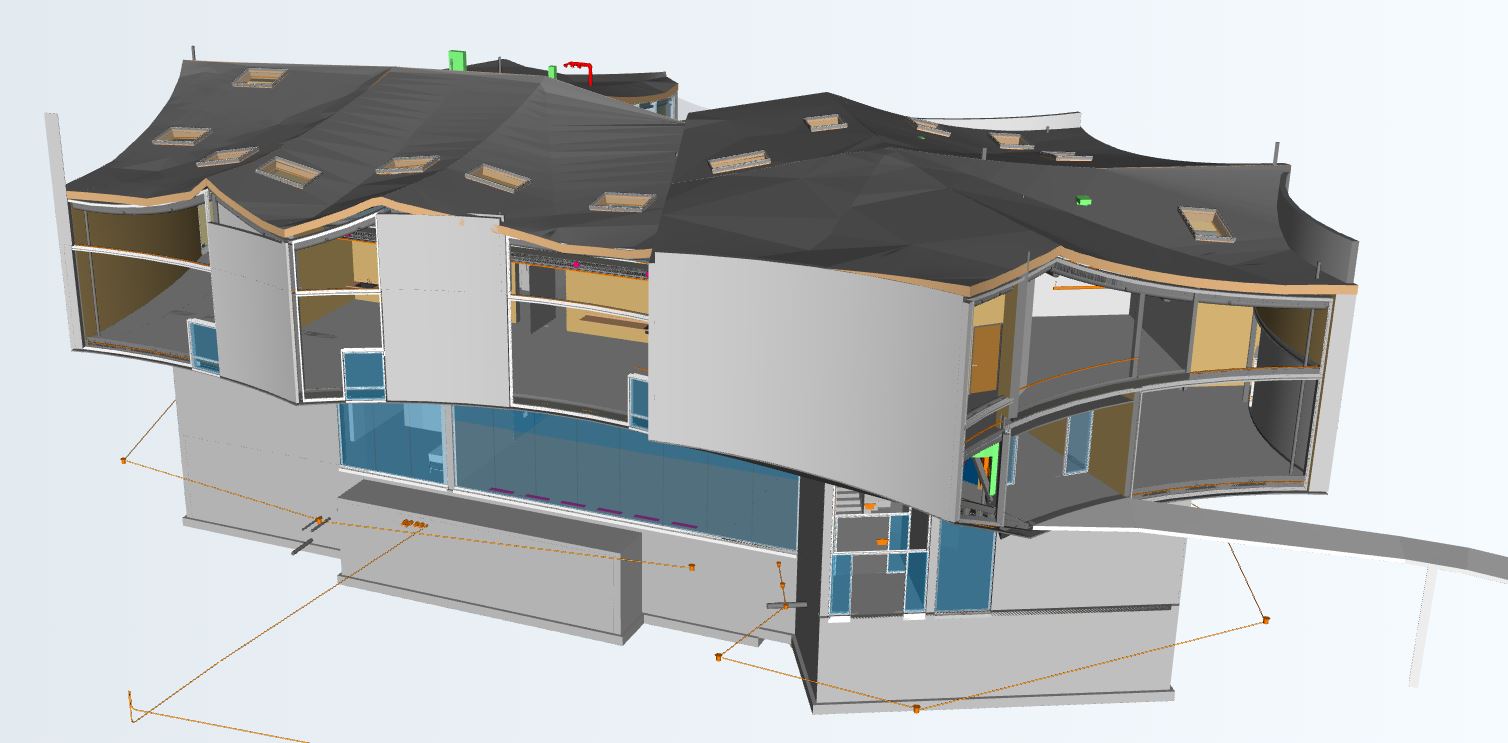
Utilizing Modern Construction Building Technology
Building Information Modeling (BIM) stands out as a cornerstone of modern construction technology. BIM enables comprehensive 3D modeling of building structures, facilitating collaboration among architects, engineers, and contractors. This digital representation allows stakeholders to visualize the entire project, anticipate and mitigate potential clashes, and optimize design before physical construction begins. BIM enhances accuracy, reduces errors, and streamlines the construction process, ensuring a more cohesive and well-coordinated project.
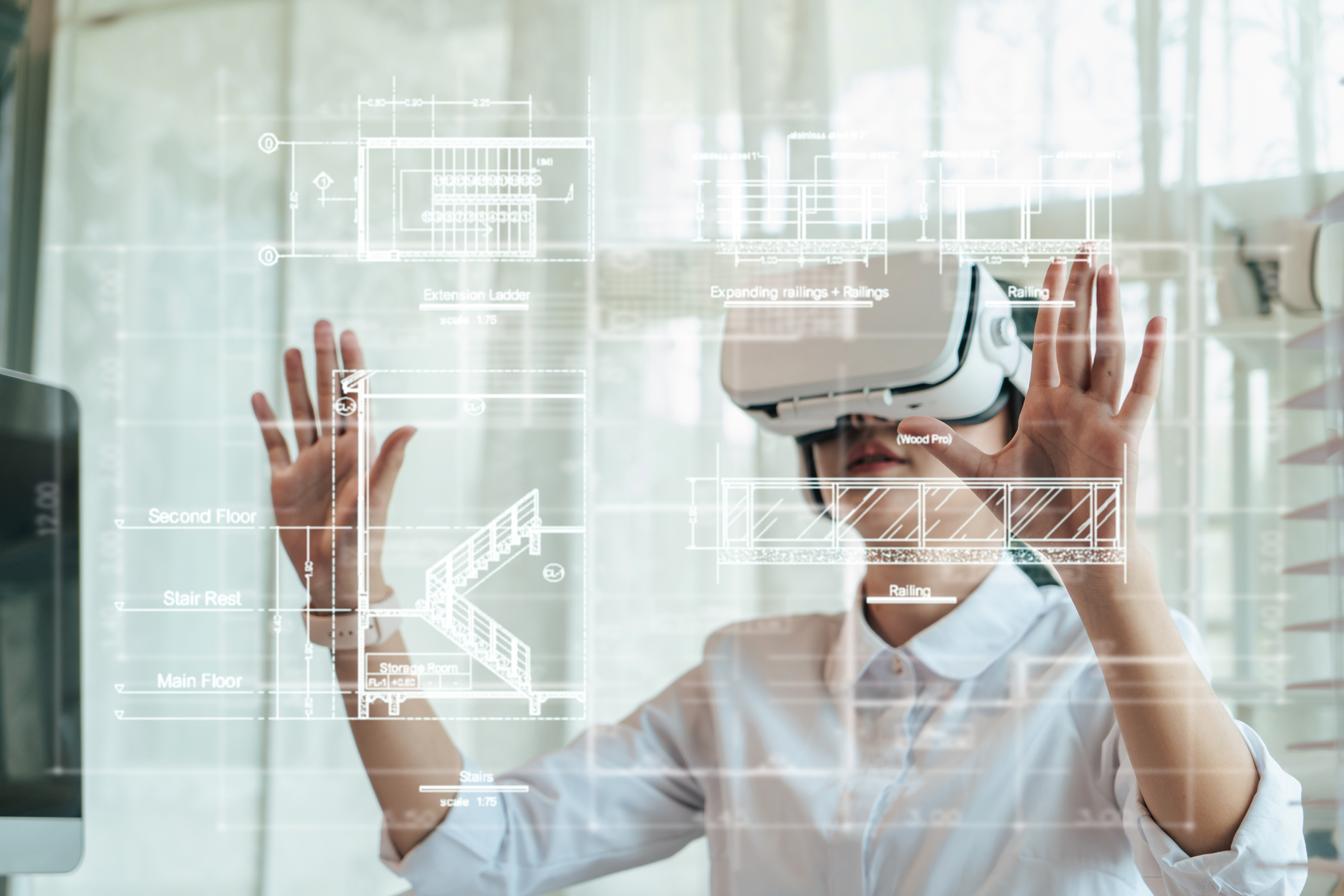
Changing the Way We Build with VR
Virtual Reality (VR) has revolutionized the construction industry by offering immersive simulations of construction sites and designs. This technology enables us to resolve issues in a collaborative, real-time environment. VR tools are used to target hypercritical areas of the project, particularly when there is a highly technical and complex construction element that requires the input of multiple team members. We also utilize VR so that stakeholders can virtually walk through the proposed building interior layout, enabling them to visualize the overall feel more easily than through standard construction drawings.
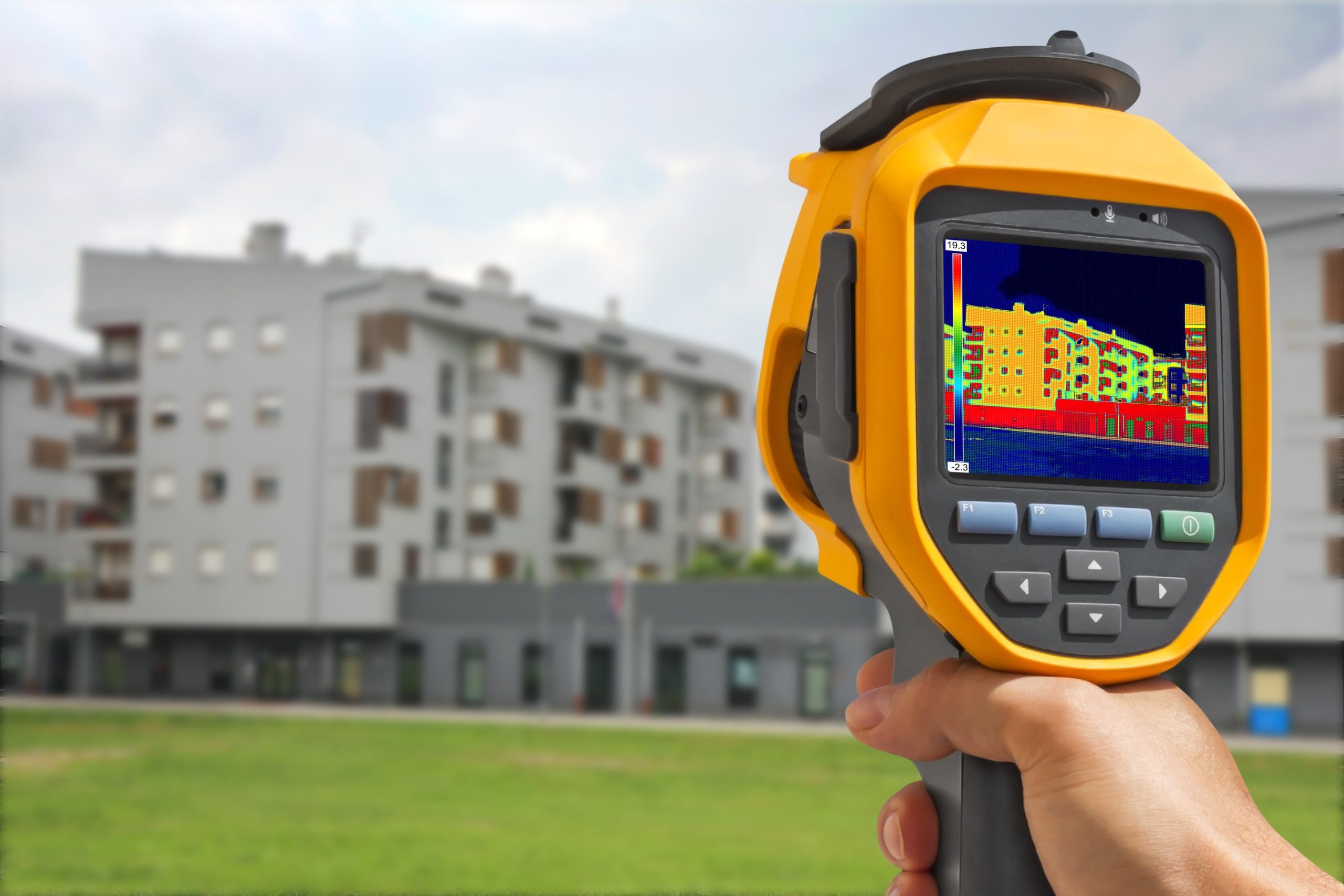
Future-Proofing with Thermal Imaging
Thermal Imaging has found its place in construction for identifying potential issues to ensure the building envelope is properly sealed. By capturing infrared radiation, thermal imaging identifies discrepancies in design or construction and allows professionals to detect anomalies and address potential problems before they escalate. This not only enhances safety but also contributes to the long-term durability and energy efficiency of constructed structures.
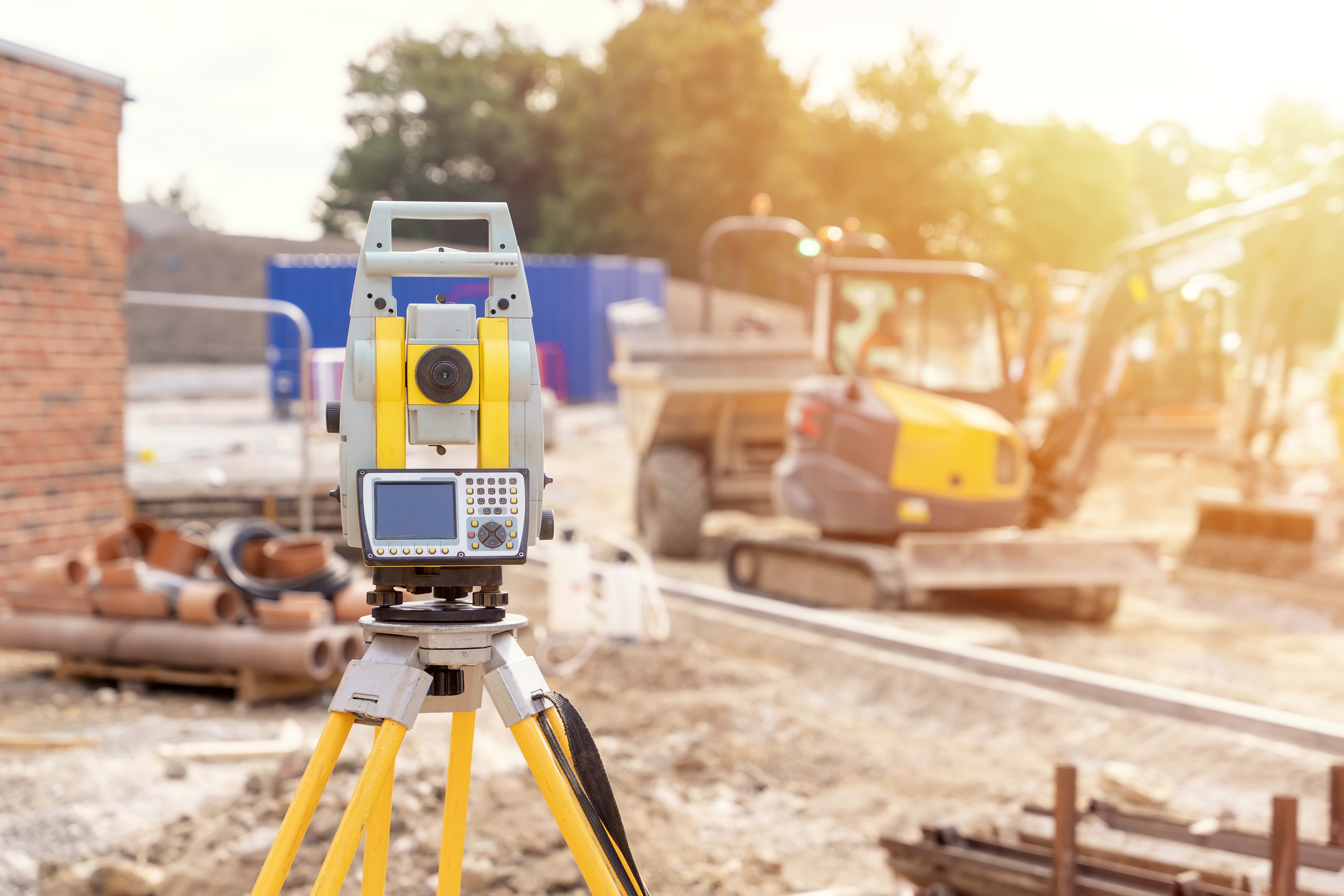
Improving Construction Accuracy with Laser Scanning
Laser Scanning is another technology that has become integral to construction processes. It allows for highly accurate and detailed 3D representations of existing structures, aiding in renovation and retrofit projects. Laser scanning improves precision, reduces the margin of error, and accelerates the surveying and data collection phases of design and preconstruction.
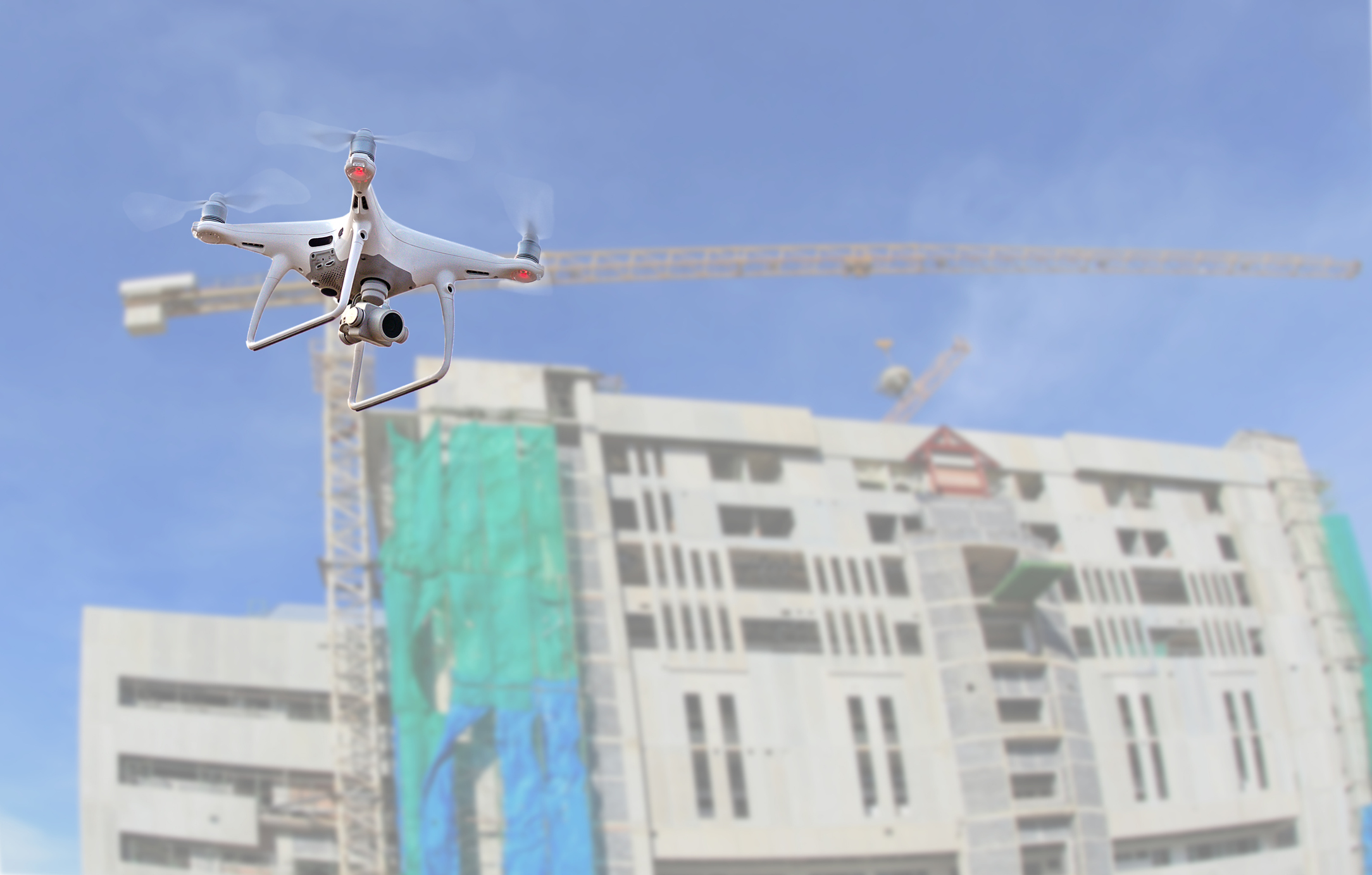
Minimizing Construction Risk with Drone Technology
Drone technology has emerged as a game-changer, providing a bird’s-eye view of existing and new construction sites. Drones equipped with cameras and sensors facilitate safe site inspections, progress monitoring, and as-built surveying. This real-time data enhances project management, minimizes risks, and contributes to better decision-making.
Professional Construction Expertise with BIM; Successful Construction Designs
Through our project management applications, we enhance the experience for all aspects of the project including safety, quality, schedule and other critical activities to ensure an expedient process for all parties. We utilize the web-based project management system, Procore, to manage document control, communication, and project financials. All project documentation is maintained and accessible to all team members instantly. Subcontractors always have access to current project documents, minimizing the risk of errors associated with outdated versions.
While these technologies are undeniably powerful, they are most effective when combined with the wisdom and expertise of seasoned professionals. Experience remains irreplaceable, guiding the application of technology to ensure that it aligns with industry best practices and ultimately enhances safety and quality in construction projects. The symbiotic relationship between technology and experience is the key to unlocking the full potential of the construction industry in the digital era.
